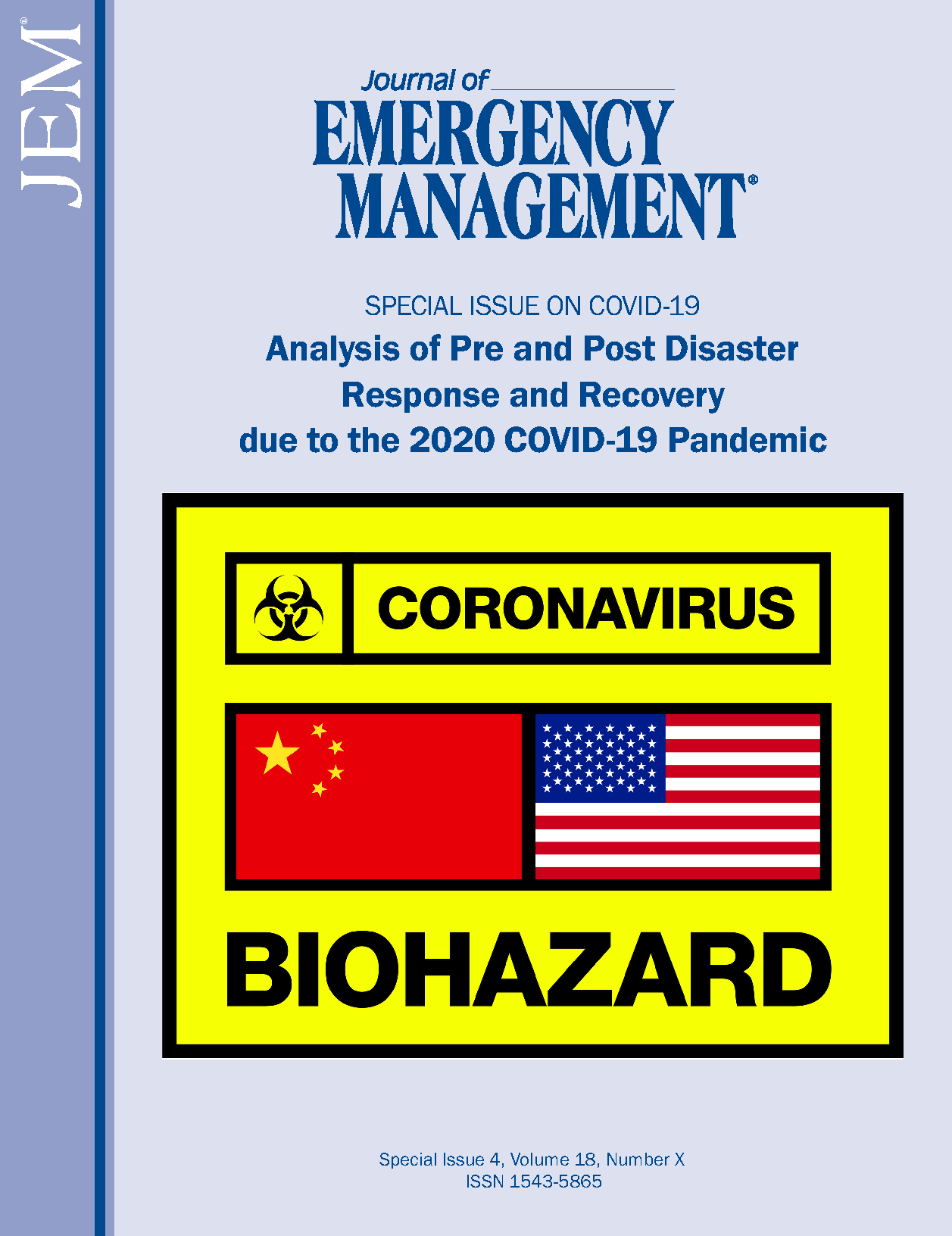Virtual powers of observation: A telemedicine approach for the suspected COVID-19 patient
DOI:
https://doi.org/10.5055/jem.0528Keywords:
telemedicine, COVID-19Abstract
Study Objectives: Prior to COVID-19, telemedicine and its applications to the emergency department (ED) had made significant inroads toward remote evaluation and care. During the local peak of the COVID-19 pandemic in New York City (NYC), there was a dramatic increase in telemedicine based patient encounters for suspected COVID-19 symptoms. In response, pathways were developed to promote a standardized telemedicine approach to remote evaluation and assessment of suspected COVID-19 patients.
Methods: A pathway was developed and implemented at two academic EDs in NYC, which collectively had approximately 8,300 telemedicine visits for suspected COVID-19 from March 2020 to June 2020. A protocol was developed by an expert consensus panel of four board-certified emergency physicians and two pediatric emergency physicians, all with telemedicine training/administrative roles.
Results: The pathway was initiated for any telehealth patient with suspected COVID-19 symptoms (cough, fever, shortness of breath, and bodyaches). A standardized history solicited known or suspected risk factors for worse prognosis, including age > 50, cardiovascular or lung disease, obesity, immunosuppression, and living alone, as well as a focused assessment of symptom severity and exercise tolerance. An exam at rest included visual counting of breaths along with instruction on palpation of radial pulse. Saturation was included if pulse oximetry was available. If exam at rest was reassuring, providers were instructed to repeat the respiratory assessment on exertion by having the patient walk in place briskly for 1 minute. Patients with severe illness defined by resting or exertional respiratory rate greater than 30 and/or oxygen saturation less than 90 percent were instructed to go to the ED. Patients with moderate illness defined by exertional metrics of respiratory rate less than 22, oxygen saturation greater than 94 percent, and heart rate less than 125 were discharged from the virtual urgent care visit with a repeat telehealth follow-up call at either 12 or 24 hours depending on the number of risk factors. Patients without risk factors and with reassuring respiratory assessment were discharged from the telemedicine encounter with reassurance and standard discharge precautions for escalation of care.
Conclusion: Designing and disseminating a standardized pathway helped to provide a framework to approach patients suspected of COVID-19 over telemedicine. Future work focusing on patient outcome data will help guide and refine any standardized telehealth approach to the COVID-19-suspected patient.
References
Lipsitch M, Swerdlow DL, Finelli L: Defining the epidemiology of Covid-19—studies needed. New Engl J Med. 2020; 382(13): 1194-1196.
Sohrabi C, Alsafi Z, O’Neill N, et al.: World Health Organization declares global emergency: A review of the 2019 novel coronavirus (COVID-19). Int J Surg. 2020; 76: 71-76.
Ward MM, Jaana M, Natafgi N: Systematic review of telemedicine applications in emergency rooms. Int J Med Inform. 2015; 84(9): 601-616.
Heravian A, Chang BP: Mental health and telemedicine in the acute care setting: Applications of telepsychiatry in the ED. Am J Emer Med. 2018; 36(6): 1118-1119.
Zachrison KS, Boggs KM, M Hayden E, et al.: A national survey of telemedicine use by US emergency departments. J Telemed Telecare. 2018; 26(5): 278-284.
Hsu H, Greenwald PW, Clark S, et al.: Telemedicine evaluations for low-acuity patients presenting to the emergency department: Implications for safety and patient satisfaction. Telemed J e-Health. 2020; 26(8): 1010-1015.
Sharma R, Fleischut P, Barchi D: Telemedicine and its transformation of emergency care: A case study of one of the largest US integrated healthcare delivery systems. Int J Emer Med. 2017; 10(1): 21.
LaMonte MP, Bahouth MN, Hu P, et al.: Telemedicine for acute stroke: Triumphs and pitfalls. Stroke. 2003; 34(3): 725-728.
Published
How to Cite
Issue
Section
License
Copyright 2007-2025, Weston Medical Publishing, LLC and Journal of Emergency Management. All Rights Reserved.






